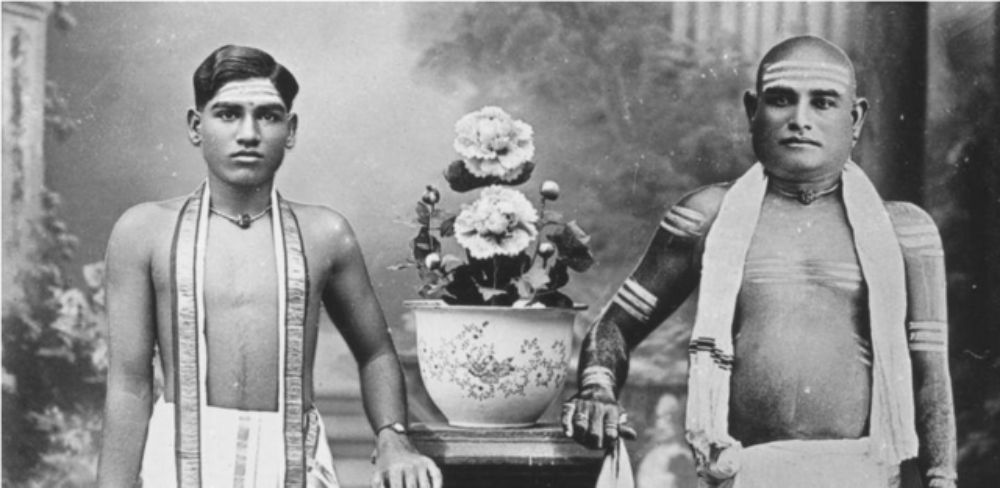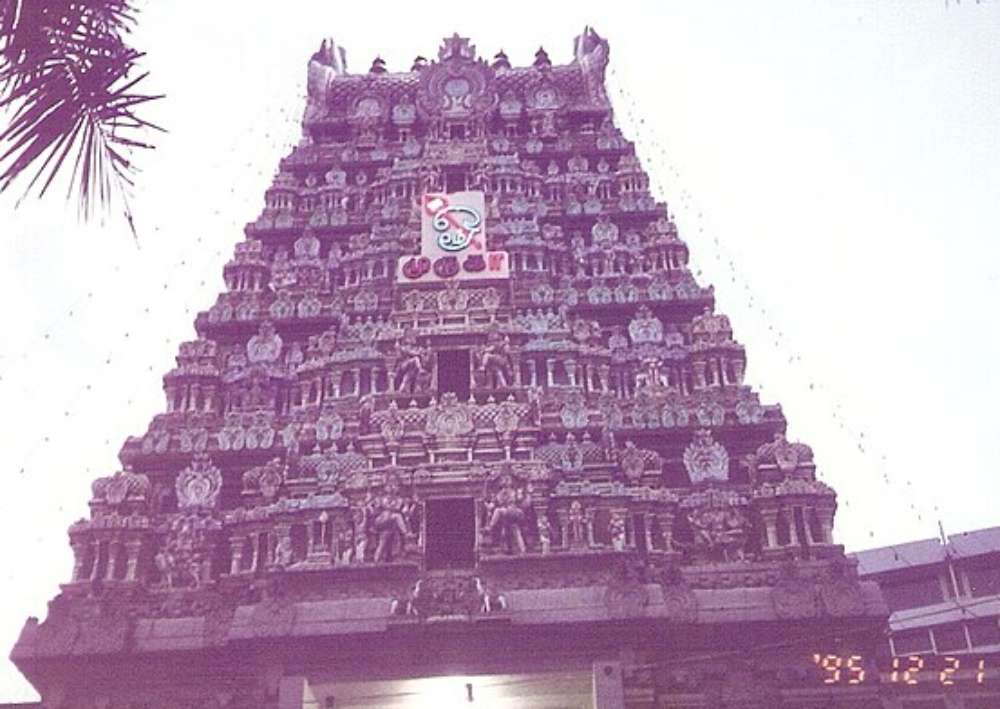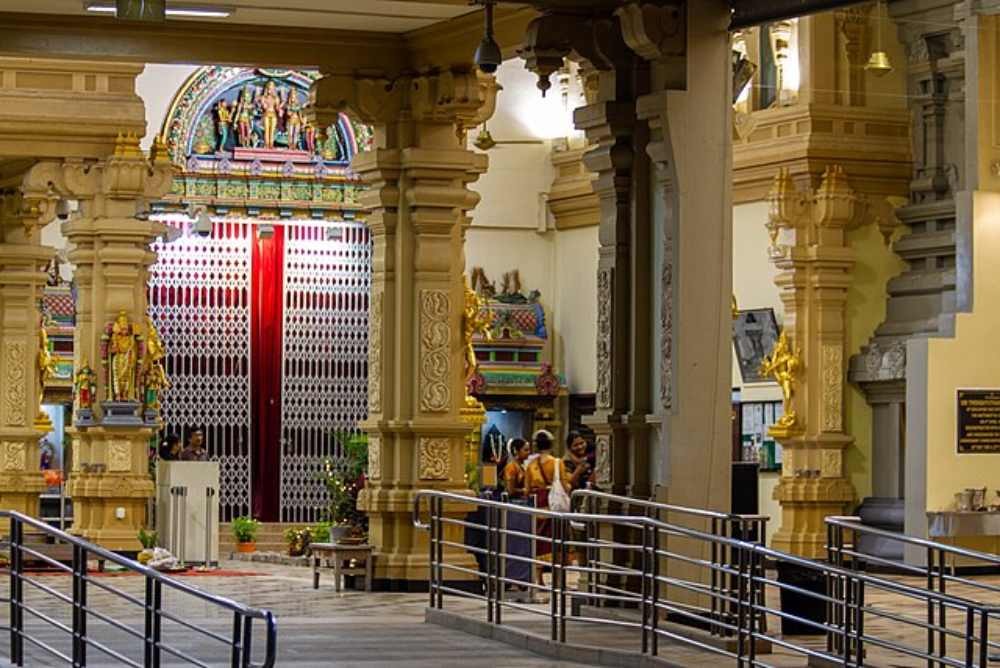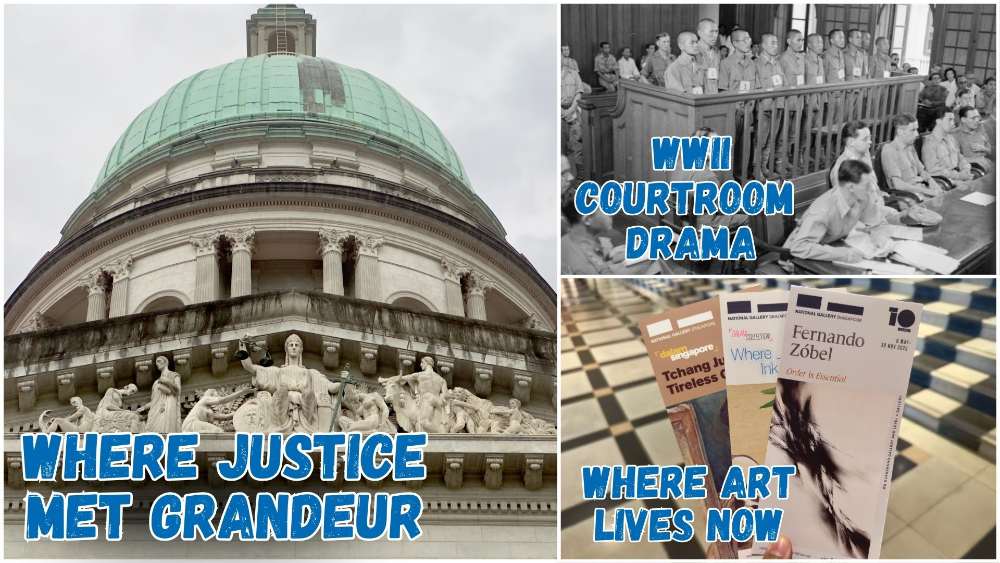National Monuments Of Singapore: Sri Thendayuthapani Temple
What is a National Monument? Who gazettes them? How many national monuments are there in Singapore? To date, the Preservation of Sites and Monuments, a division of National Heritage Board, has identified and gazetted 75 buildings, structures and sites of national significance as an integral part of Singapore’s built heritage.
And we're here to tell you all about them - one National Monument at a time!
You've probably passed by or stepped into more than a few of them without realising they were National Monuments: Al-Abrar Mosque, Asian Civilisations Museum, the Civilian War Memorial, Saint Andrew's Cathedral, the Esplanade Park Memorials, Fort Siloso on Sentosa - no need to plan an itinerary for friends visiting from overseas; just show them this article ✌️
In this edition, we highlight one of Singapore's oldest Hindu temples, Sri Thendayuthapani Temple.
📍 Location
Sri Thendayuthapani Temple was the 67th building to be gazetted as a National Monument, and is located near other National Monuments such as Hong San See and Chesed-El Synagogue. The MRT stations nearest to it are Fort Canning and Dhoby Ghaut.
📅 Significant dates
Date built:
- 4 Apr 1859: Sri Thendayuthapani Temple was built
Milestones:
- Late 1970s: The temple began reconstruction at the same site; the multi-million project was funded by the Chettiar community
- 1983: Reconstruction was completed, and the temple was consecrated on 24 Nov the same year
- 27 Nov 2009: The temple was reconsecrated
Date gazetted: 20 Oct 2014
📜 History
Originating from the Chettinad region in Tamil Nadu, the Nattukottai Chettiars (also known as Nagarathars) were among the first immigrants to settle in Singapore. The Chettiars, who came to Singapore in the early 19th century, were traders, merchant bankers, and financiers. A large majority of them often based their economic and religious activities around the South-Indian-style Sri Thendayuthapani Temple, also known as the Chettiars' Temple.
 A traditional Chettiar "kittangi" comprising a father and son duo, circa 1920. | IMAGE: WIKIMEDIA COMMONS/@ HARI147
A traditional Chettiar "kittangi" comprising a father and son duo, circa 1920. | IMAGE: WIKIMEDIA COMMONS/@ HARI147
Once the Chettiars had established themselves as the main Indian merchant-banking community in the city, many of them operated moneylending businesses, known as kittangis, along Market Street and Tank Road.
Traditionally, the Chettiars are followers of Shaivism, the Hindu sect that venerates Shiva (the father of Murugan) as the supreme deity. Even after leaving Chettinad for various parts of Asia in the 19th century, they maintained their tradition of building temples dedicated to Murugan in their new settlements.
In 1859, the Chettiar community constructed the Sri Thendayuthapani Temple on Tank Road. The Chettiar community had purchased the land for the current temple from the estate of Thomas Oxley, Singapore's first Surgeon General. Initially, the temple was a simple structure.
At the entrance, there were two raised platforms typical of Chettiar households in Tamil Nadu, India. It featured an alangara mandapam and an artha mandapam. The alangara mandapam was used to display decorated deities during special occasions, while the artha mandapam served as the central hall leading to the main sanctum.
 The "gopuram" or entrance tower in 1995. | IMAGE: WIKIMEDIA COMMONS/@MIKELYNCH.
The "gopuram" or entrance tower in 1995. | IMAGE: WIKIMEDIA COMMONS/@MIKELYNCH.
While primarily serving as a religious institution, the Sri Thendayuthapani Temple also functioned as a social and commercial hub for the Chettiar community. Each Chettiar firm voluntarily contributed to the temple. In 1928, the Nattukottai Chettiars’ Chamber of Commerce was established within the temple grounds. Historically, business transactions were conducted before the statue of Murugan, seeking his blessings and presence to witness the deals.
Over 60 years later, in 1925, the Chettiars established the Sri Layan Sithi Vinayagar Temple on Keong Saik Road in Chinatown, where Ganesha, Murugan’s brother, is the main deity. Today, both temples are overseen by the Chettiars’ Temple Society.
Sri Thendayuthapani Temple has been closely linked with Thaipusam, a major festival celebrated by Tamil Hindus, especially the Chettiars, to honour Murugan for his victory over evil. Murugan symbolises youth, power, and virtue, and is revered as the clan deity of the Chettiars, the patron deity of Tamils, and the Hindu god of righteousness.
The annual Thaipusam celebration is marked by grand processions. On the eve of Thaipusam, Murugan’s statue is placed in a silver chariot and taken on a procession through the city to Sri Layan Sithi Vinayagar Temple, then returned to Sri Thendayuthapani Temple in the evening. This procession, known as Punar Pusam or Chetty Pusam, attracts a crowd comprising mostly of the Chettiar community.
A bigger, more extravagant procession occurs on the festival day itself. Thousands of Hindu and non-Hindu devotees gather at Sri Srinivasa Perumal Temple on Serangoon Road to participate in a 3km procession ending at Sri Thendayuthapani Temple, where the devotees are warmly received.
During the procession, many men carry kavadis, elaborately decorated steel structures, as acts of penance or in gratitude for answered prayers. The kavadis are adorned with peacock feathers as the peacock is symbolic of Murugan’s vahana (divine vehicle).
Other devotees carry paal kudams (milk pots) on their heads. Before World War II, the event would end with grand fireworks display at the Padang.
Today, other than the annual Thaipusam festival, the temple offers a variety of programmes, including walk-a-jogs, and the tradition of providing annathaanam (free food) during special occasions for all attendees.
Couples can also marry in the Chettiar Wedding Hall, a space specifically constructed for the community to conduct traditional wedding ceremonies.
📐 Design and architecture
Originally built as a private temple for the Chettiar community, Sri Thendayuthapani Temple opened its doors to other Hindus from the broader Indian community over time. In the late 1970s, the temple committee decided to reconstruct the temple, with the Chettiar community funding the reconstruction cost.
The temple was consecrated on 24 Nov 1983; the affair attended by notable guests including former President of Singapore Mr. C. V. Devan Nair, Mrs. Devan Nair, and Members of Parliament.
Designed in the South Indian architectural style, Sri Thendayuthapani Temple's five-tiered gopuram (entrance tower) was among the tallest and most impressive in Southeast Asia when completed. The gopuram allows devotees to view the temple from a distance and offer prayers if they cannot visit the temple. It is adorned with statues of Hindu deities, including various forms of Shiva and Murugan.
 IMAGE: WIKIMEDIA COMMONS/@SHESMAX
IMAGE: WIKIMEDIA COMMONS/@SHESMAX
The temple showcases elements commonly found in Chettiar architecture, such as the thinnais (raised platforms) at the entrance and glass panels in the clerestory of the mandapam (prayer hall). Thinnais are usually added on either side of the main entrances in Chettinad homes as seating areas for family members and visitors.
Glass panels in Chettiar temples often feature engravings of Hindu deities. In Sri Thendayuthapani Temple, the 48 glass panels depict the various forms of Shiva’s mystical dance, the Nataraja (Lord of the Dance), and different forms of Ganesha, among other Hindu deities.
The temple underwent another round of restoration in the late 2000s, in keeping with the Hindu tradition of renewing temples every 12 years. It was reconsecrated on 27 Nov 2009.
🕖 Opening hours
Regular visiting hours are daily, from 7am to 12pm and 5.30pm to 8.30pm.
🎟️ Admission
Entry is free. Do observe appropriate dressing and decorum. Find out more here.
For the latest updates on Wonderwall.sg, be sure to follow us on TikTok, Telegram, Instagram, and Facebook. If you have a story idea for us, email us at [email protected].









